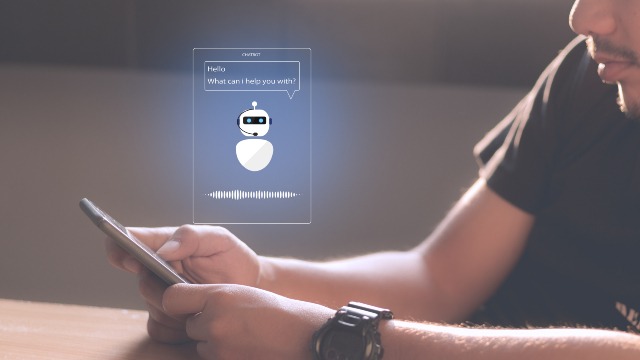Introduction
In today’s digital age, customer engagement has become a cornerstone of business success. As consumers increasingly turn to online channels for product research, support, and purchasing, businesses must find innovative ways to connect with their audience. AI-powered chatbots have emerged as a powerful tool for enhancing customer engagement, offering personalized, efficient, and scalable interactions across various touchpoints. In this article, we delve into the role of AI-powered chatbots in enhancing customer engagement and explore their benefits and best practices.
The Evolution of Customer Engagement
Traditionally, customer engagement has relied on human-to-human interactions, such as phone calls, emails, and in-person conversations. While these channels remain important, they often lack scalability and efficiency, particularly as businesses face growing volumes of customer inquiries. AI-powered chatbots address this challenge by automating routine interactions, freeing up human agents to focus on more complex queries and tasks.
Personalized Interactions and Recommendations
One of the key advantages of AI-powered chatbots is their ability to deliver personalized interactions and recommendations to customers. By leveraging machine learning algorithms, chatbots can analyze customer data, including past interactions, purchase history, and preferences, to tailor responses and suggestions. For example, a chatbot on an e-commerce website can recommend products based on a customer’s browsing history or answer questions about order status and shipping preferences. These personalized interactions enhance the customer experience and increase the likelihood of conversion and retention.
24/7 Availability and Instant Response
Another benefit of AI-powered chatbots is their ability to provide 24/7 availability and instant responses to customer inquiries. Unlike human agents who may be limited by working hours and availability, chatbots can handle inquiries at any time of day or night, ensuring prompt assistance for customers across different time zones and regions. This round-the-clock availability improves customer satisfaction and reduces response times, leading to higher levels of engagement and loyalty.
Multichannel Support and Seamless Integration
AI-powered chatbots offer multichannel support, allowing businesses to engage with customers across various platforms and devices seamlessly. Whether customers prefer to interact via website chat, messaging apps, social media platforms, or voice assistants, chatbots can provide consistent and cohesive experiences. Moreover, chatbots can integrate with existing systems and workflows, such as customer relationship management (CRM) software and helpdesk platforms, to streamline operations and enhance data visibility. This integration enables businesses to track customer interactions, gather insights, and deliver personalized experiences at scale.
Continuous Learning and Improvement
One of the strengths of AI-powered chatbots is their ability to continuously learn and improve over time. Through machine learning techniques such as natural language processing (NLP) and reinforcement learning (RL), chatbots can adapt to new inquiries, understand context, and refine their responses based on feedback from users. This iterative learning process allows chatbots to become more accurate, efficient, and natural in their interactions, ultimately enhancing customer satisfaction and engagement.
Best Practices for Implementing AI-powered Chatbots
When implementing AI-powered chatbots, businesses should adhere to best practices to ensure success. These include:
- Define clear objectives: Clearly define the goals and objectives of the chatbot implementation, whether it’s improving customer service, increasing sales, or reducing support costs.
- Understand user needs: Conduct thorough research to understand user needs, preferences, and pain points, and design the chatbot’s interactions and responses accordingly.
- Provide seamless escalation: Ensure that chatbots can seamlessly escalate inquiries to human agents when necessary, particularly for complex or sensitive issues.
- Monitor performance and gather feedback: Continuously monitor the chatbot’s performance, gather feedback from users, and use data analytics to identify areas for improvement and optimization.
- Stay up-to-date with advancements: Stay informed about the latest advancements in AI and chatbot technology, and be prepared to adapt and evolve your chatbot strategy accordingly.
Conclusion
In conclusion, AI-powered chatbots offer a powerful means of enhancing customer engagement, providing personalized, efficient, and scalable interactions across various channels. By delivering personalized recommendations, offering 24/7 availability, supporting multichannel interactions, and continuously learning and improving, chatbots enable businesses to connect with customers in meaningful ways and drive business success. By following best practices for implementation and staying abreast of technological advancements, businesses can harness the full potential of AI-powered chatbots to deliver exceptional customer experiences and foster long-term relationships with their audience.

